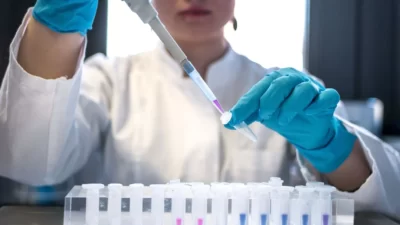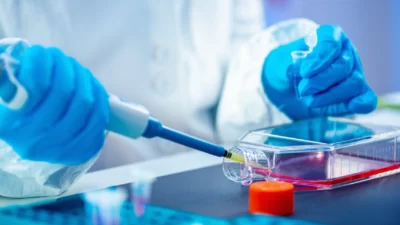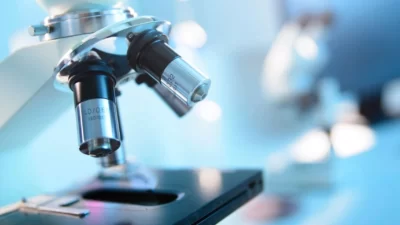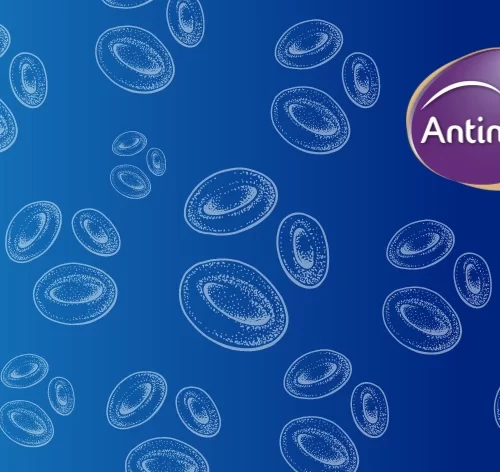Antineo : Diffuse Large B Cells Lymphoma tumour model – Toledo
-
Toledo cells
Human Toledo cells were isolated from the peripheral blood of a patient with non-hogkin’s DLBC lymphoma.
-
Tumour growth in vivo
The cells were collected from a tissue culture flask and injected subcutaneously in the right flank of SCID-CB17 mice. The resulting tumours were monitored by measuring two diameters with calipers, and extrapolating the volume to a sphere. The mice bearing Toledo tumours can be treated by intra-peritoneal, intra-venous, intra-tumoral or subcutaneous injection of the compounds. Per os administration is also possible.
Figure 1: (View PDF)
Tumour growth curve of the Toledo cells as xenograft Mean ± SEM (n=3; take rate 100%)
Antineo can also perform an intra-medullar implantation.
-
Standard-Of-Care Drug Reponses
rituximab 30 mg/kg qw → Response
Figure 2: (View PDF)
Effect of rituximab treatment on Toledo tumour growth Mean ± SEM (n=3 per group; take rate 100%)
A Toledo resistant to rituximab model, developed in vivo without genetic modifications, are available at Antineo (model ID Toledo rituxR).

 Antineo
Antineo Preclinical services
Preclinical services Tumour models
Tumour models Our Strengths
Our Strengths News & Events
News & Events